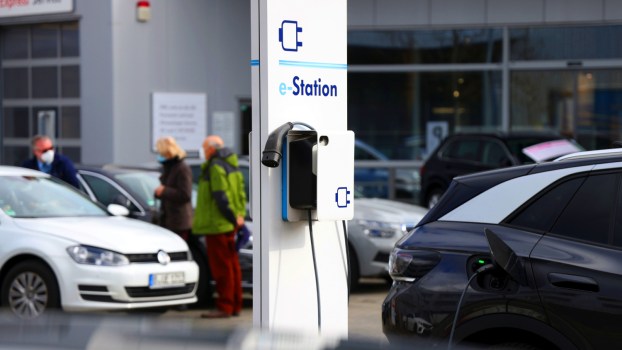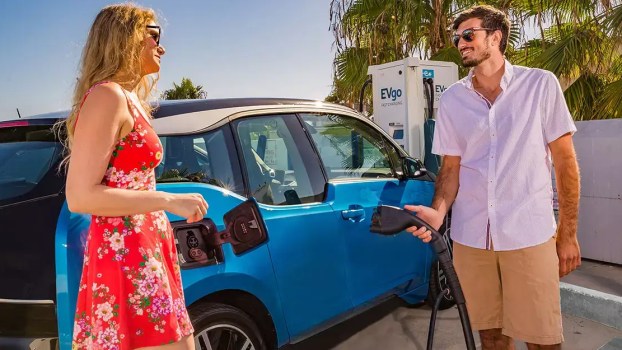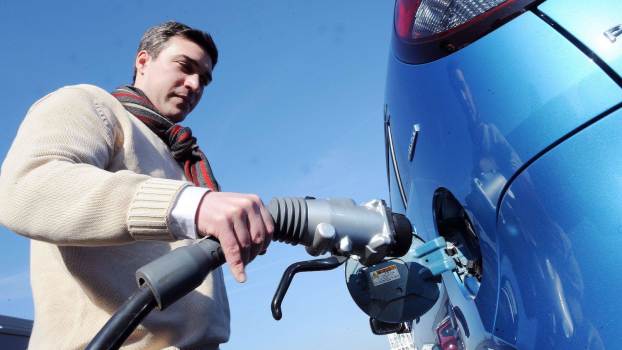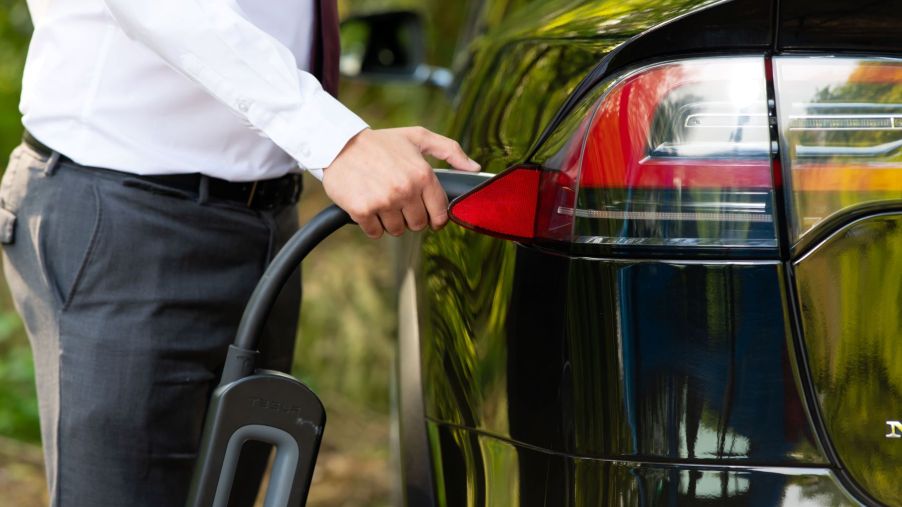
4 Ways to Remove a Stuck Charging Cable That Won’t Unplug From Your EV
You may have marveled more than once at a forgetful motorist who blithely drove away from a gas station with a fuel pump hose still attached to their vehicle. If you think nothing similar could happen with an electric vehicle (EV), think again. In fact, high-tech charging cables can get stuck, too. Fortunately, there are several ways to deal with a charging cable that won’t unplug from your EV.
What to do if your EV charger gets stuck
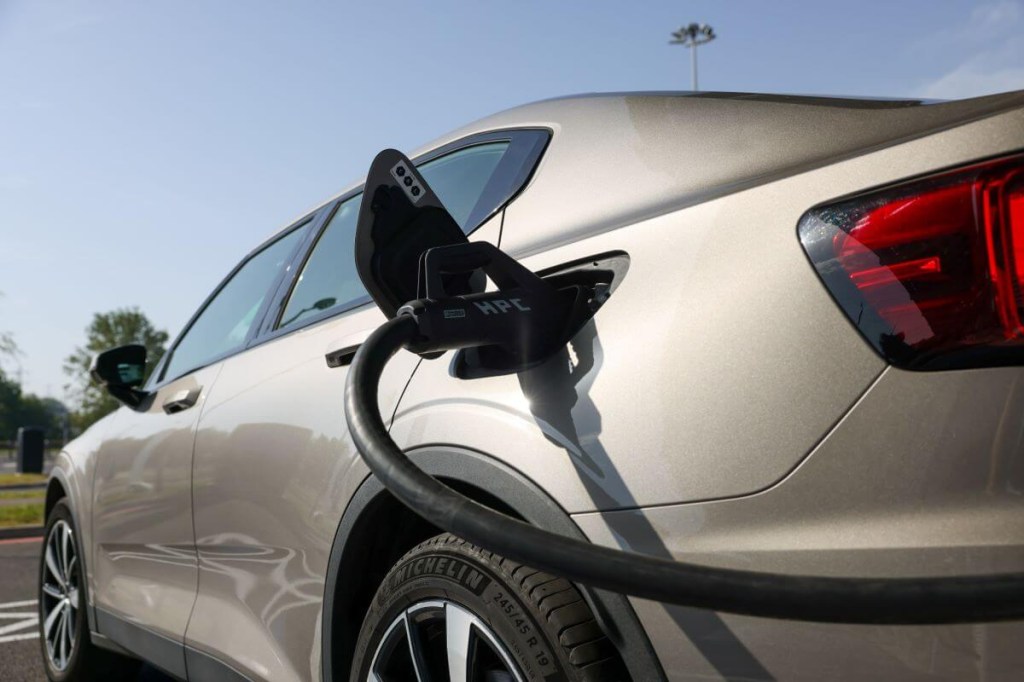
In the 21st century, people have come to expect ease and convenience when charging an electric vehicle. Unfortunately, that’s not always the case. Occasionally, a stubborn charging cable gets stuck and won’t detach from an electric car.
There are several reasons a charging cable might get stuck, and each is as frustrating as the others. Sometimes, as revealed by Green Car Reports, the anxiety-inducing problem can be attributed to a faulty latching mechanism. Other times, the problem is caused by driver error. No matter what caused your EV cable to get stuck, you’ll want to know exactly what to do if and when it happens to you.
EV cables become stuck in place more often than you might know, but there’s no reason to panic, says Torque News, who provided these four steps to un-stick a charging cable:
1. Unlock your EV
The first thing to try is unlocking your electric car with your key fob or smartphone. This trick usually works since the number one reason EV cables get stuck is because the vehicle itself needs to be unlocked before the cable can be physically released.
2. Contact your car provider/the charging station owner
If unlocking your vehicle doesn’t make the cable detach, and you are charging at a public charging station, try contacting your EV charging provider. Most charging stations clearly post a toll-free customer service number. Be sure to tell someone working at the station about the problem, too. Even if they can’t provide an easy fix, it’s essential for the charging company to know that there was a problem with their equipment.
3. Check your owner’s manual
Should the above-mentioned fixes fail, turn to your owner’s handbook for advice. Most EV chargers come with a manual override system. For instance, Tesla EV chargers can be detached with a small grab loop hidden in the trunk. The exact location of the release latch is explained in the owner’s manual.
4. Emergency roadside assistance
As a last resort, call for emergency roadside assistance. If you belong to AAA, call them and explain the problem. If your vehicle is equipped with OnStar service, you can use that to call for immediate help. Either way, you will have a tow truck driver or a mechanic with you, just in case something goes wrong as you’re trying to remove a stuck charging cable.
Two types of charging cables to know about
Not all EV charging cables are the same. Type 1 cables are generally used for at-home charging systems. Smaller than a Type 2 cable, Type 1 cables often become stuck due to a failing in-socket actuator. Using force to release a Type 1 cable can cause severe damage, so be sure not to veer from the four fixes outlined above.
Type 2 charging cables are larger and differently shaped than Type 1 cables. Typically, a Type 2 cable has a visible locking mechanism on top of the socket. When the cable is locked position, a small latch pops out to prevent accidental detachment.
Whether your charging cable is Type 1 or Type 2, the cable should always be detached from the vehicle before removing the cable from the charging outlet, explains EV King.
